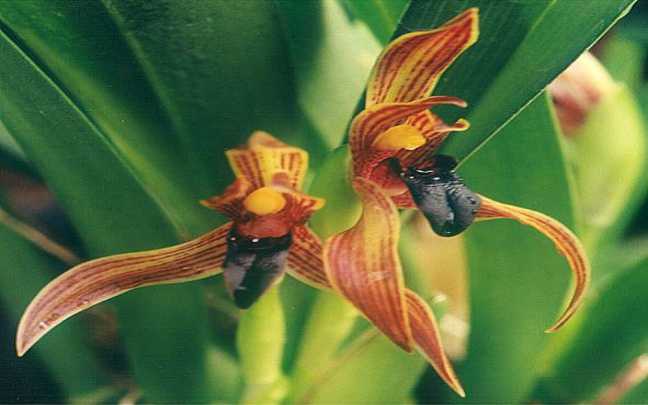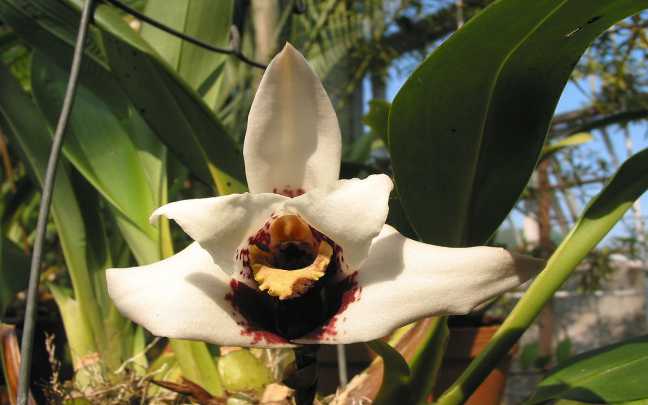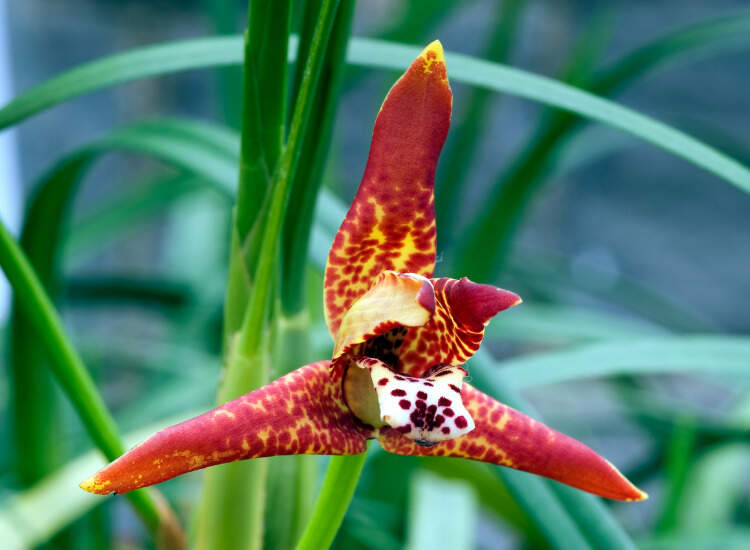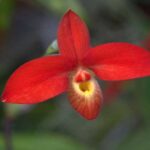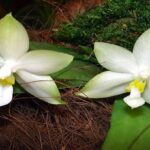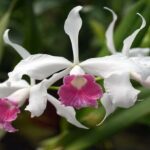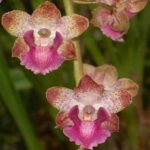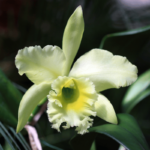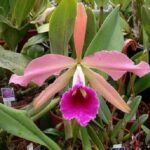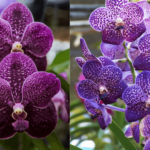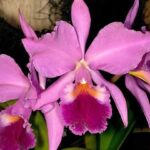Maxillaria orchids belong to the Orchidaceae family.
The name Maxillaria comes from Latin and means “jaw,” because the lips and columns of this orchid resemble mandibles.
These orchids have various common names, for example:
- Tiger orchid
- Spider orchid
Technical Curiosity:
They are orchids considered epiphytic, meaning they live on trees in their natural habitats.
As for their growth, it is sympodial, meaning it can be summarized as vertical growth.
Learn How to Achieve Super Blooms on Your Orchids
🛑 If you love orchids and you're tired of not being able to make them bloom...
Then, know that thousands of beginner growers are achieving beautiful flowers on their orchids by following this method.
Click the button below to have beautiful orchids with show-worthy flowers every year. ⤵
Characteristics
This genus currently has 291 species, but this number used to be much larger.
Previously, several other genera were considered Maxillaria orchids, for example:
- Ornithidium
- Pseudomaxillaria
- Lycaste
- Among others
This division drastically reduced the number of Maxillaria species.
But even with the division of species in this genus, Maxillaria orchids are still found in various parts of the world.
Basically, they are present mainly in the following countries:
- Mexico
- Brazil
- Caribbean
But they also appear in others:
- Other countries in Central America (Guatemala, Honduras, Nicaragua, Panama, Costa Rica, and Belize)
- Other countries in South America (Guyana, French Guiana, Suriname, Venezuela, Bolivia, Colombia, Ecuador, and Peru)
These orchids are distributed in various locations, from tropical forests to high altitudes, reaching up to about 3500 meters above sea level.
Another interesting characteristic of species in this genus is that the vast majority of them have only 1 leaf.
Flowers
Now let’s talk a bit more about the flowers of these orchids.
Flowers are most often the main attraction that orchids can offer us.
In the case of Maxillaria, this is no different.
The great highlight is the abundance of colors that the flowers of this plant can offer us, some examples are:
- Yellow
- Various shades of red
- Almost black
- Among several other colors.
Regarding size, the flowers can have a diameter between 1 and 15 centimeters.
Another major highlight of these orchids, and probably the main reason they are sought after, is the smell.
Some species emit a very pleasant scent during their flowering, for example, the Maxillaria tenuifolia orchid.
Now, if you are already interested in this orchid, it’s time to learn how to cultivate them.
How to Cultivate Maxillaria Orchids
Cultivating these orchids can vary greatly, so do not use this guide as rules but as tips for taking care of your plant.
The most recommended is that you seek information about the natural habitat of your species and try to replicate this habitat in your home.
For example, if your orchid’s habitat is hot, it will prefer high temperatures.
See below the main factors for cultivating this orchid.
A tip: check out our article how to take care of orchids.
1 – Temperature
Most species of this orchid prefer normal or intermediate temperatures.
That is, during the day, a temperature between 70 and 85°F and at night between 54 and 61°F.
Remember that if your orchid does not adapt well to these temperatures in its habitat, it is recommended that you seek more information about its natural habitat.
A tip is that species that live at high altitudes will prefer lower temperatures than species that live at lower altitudes.
2 – Light
As for lighting, this species prefers good indirect light.
Indirect light is light in which the sun does not directly hit your orchid.
Some growers recommend trying to mimic the lighting of cattleyas.
Now, if you still have doubts, just check the signs your orchid gives you.
Basically, if its leaves are darker green, it has increased chlorophyll production because it is not receiving enough light.
And if it is more yellow or burnt, reduce the amount of light.
3 – Humidity

Again, this is a factor that will change a lot depending on where your orchid is from.
Orchids that live in higher environments like mountains are used to lower humidity, and those that live in tropical forests prefer much higher humidity.
Basically, to avoid issues, pay attention to your plant’s roots.
If they have short or burnt tips, they need higher humidity.
And if they have very high humidity, you will notice that their roots are becoming soft, and your orchid becomes ill more easily.
The recommended humidity is between 40 and 70%, but emphasizing what was said, it is better that you find out where your orchid lives.
4 – Watering
Watering is closely related to humidity, so if you water a lot, the humidity will be high, and if you water little, the humidity will be low.
Usually, Maxillaria orchids like to be watered constantly.
But you should be careful about two things:
- Do not let water accumulate at the bottom so that the roots do not rot.
- Ensure that the soil does not become excessively wet.
To check when to water, look at your orchid’s roots.
If it starts to wrinkle or its roots are brown or yellow, it’s time to water.
When you water your orchid, you will notice that its roots will start turning green.
NOTE: many people, when they see Maxillaria roots, think the plant is dying, but be careful, these brown or yellow roots are natural for these orchids.
Do You Want to Learn How To Keep Your Orchids Healthy And Ready to Bloom Every Year?
So, I prepared a complete guide, step by step and illustrated, that will show you:
• The secrets to getting beautiful flowers every year
• How to fight and identify pests and diseases on your orchids
• THE MAGIC SUBSTANCE for orchids and how to use it
• And much, much more.
The great news is that the manual is now available at a super discount!!
But beware, it's only for the first buyers.
Click on MORE INFORMATION below and discover the secrets to show-worthy flowers. 👇
5 – Repotting
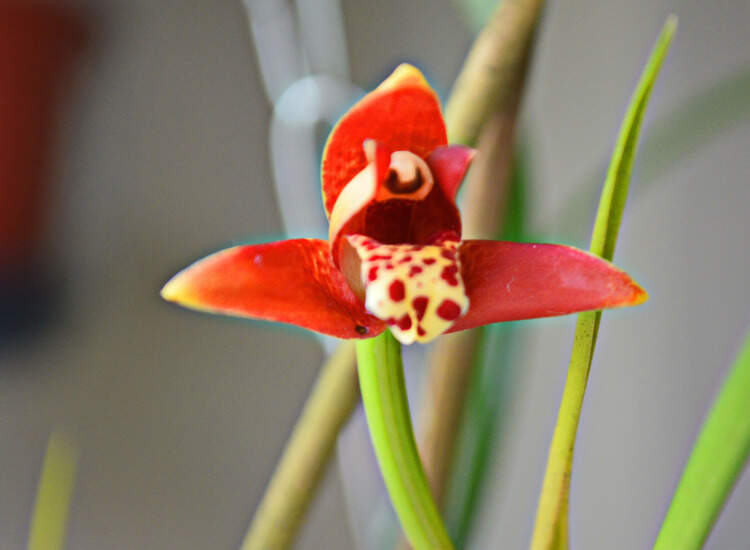
Now, regarding repotting this species, you should only do it when necessary because they do not like to change pots.
Therefore, repotting them just for aesthetics is not a good idea.
Repotting should be done when the soil is old, or your plant is too large for the current pot. To do it, watch the video below.
6 – Fertilizer
And last but not least, the fertilizer to be used for this orchid.
Maxillaria should be fertilized about twice a month with a balanced fertilizer, for example, NPK 20-20-20.
And when you notice that salts are accumulating in your orchid’s pot, rinse it to remove this excess.
Conclusion
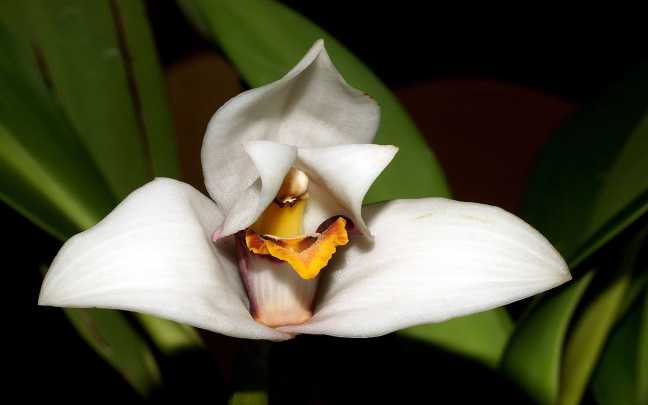
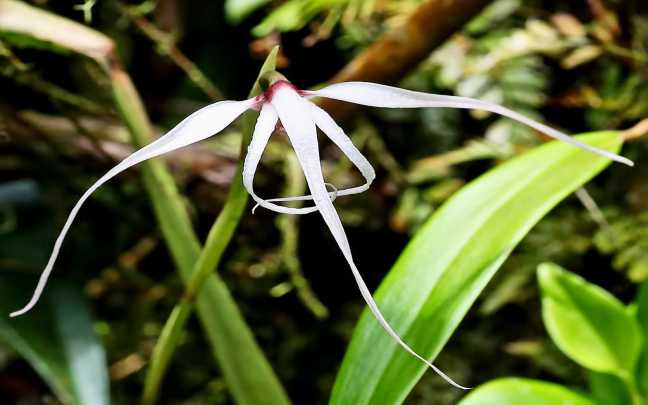
This was the guide on how to cultivate Maxillaria orchids; I hope that from now on, you can cultivate this species with greater ease.
And if you liked this article and want to learn more about orchid cultivation, you can access any of the articles below:
Now it’s your turn; share this article on your social networks and leave a comment below telling your story with these orchids.

